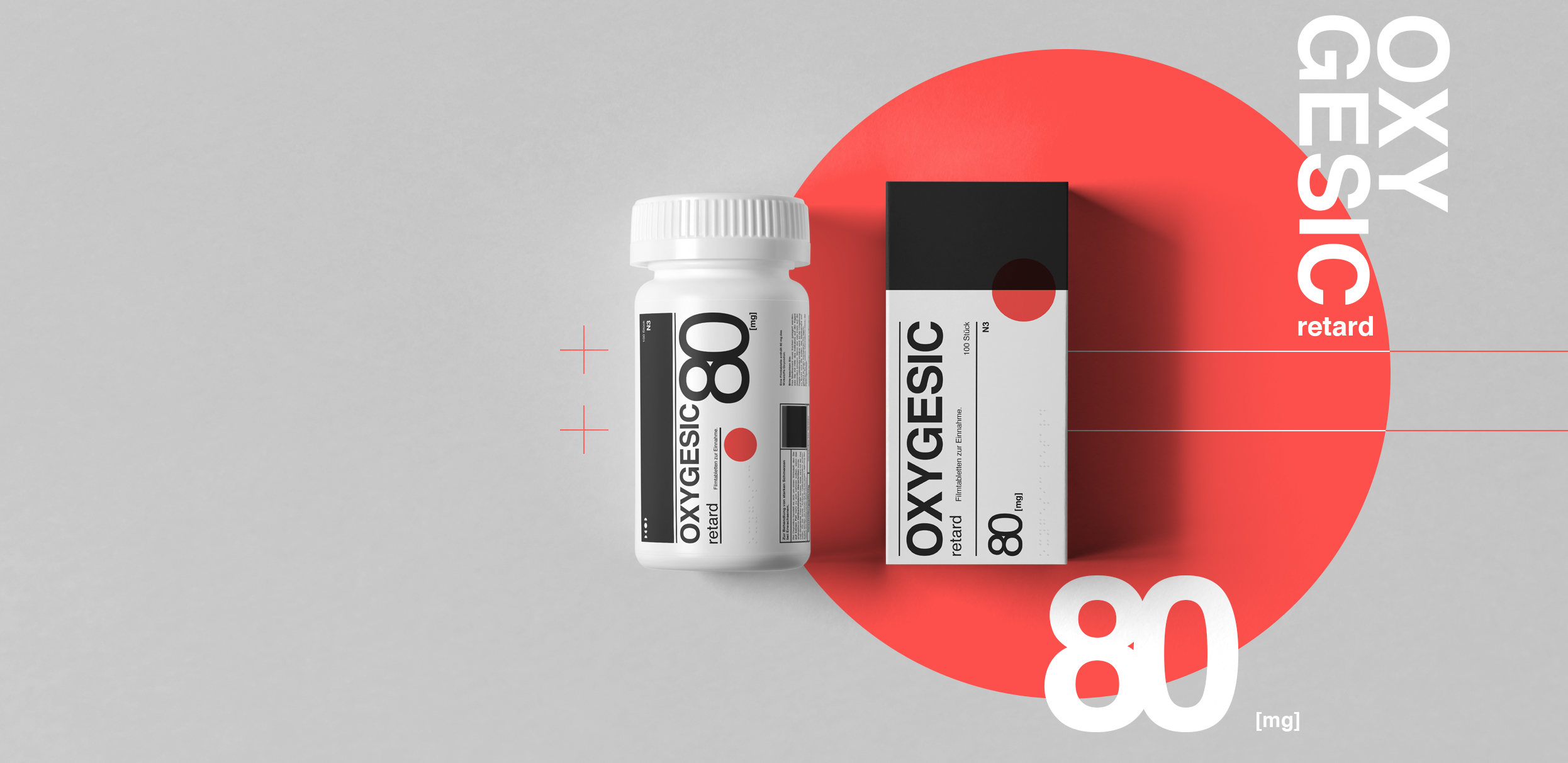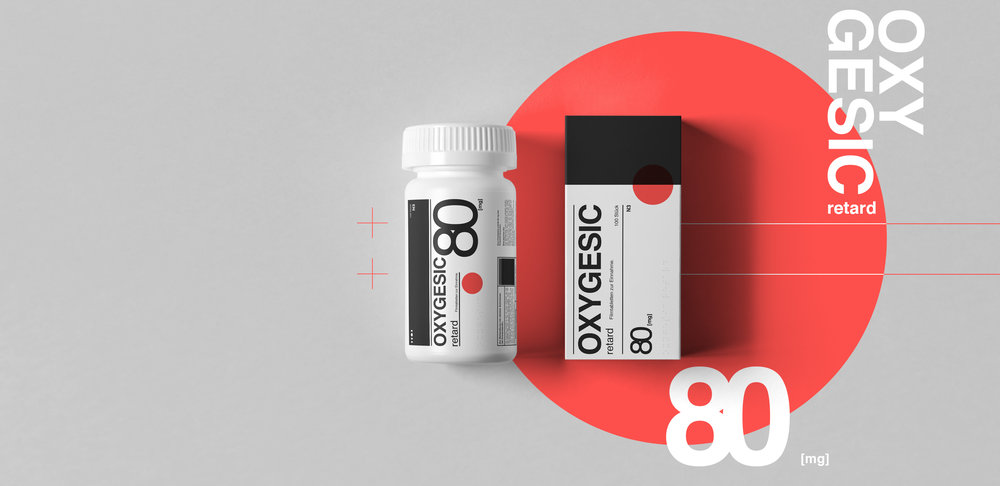
Patrick Reichert-Young – oxygesic // mundipharma
“The treatment of rheumatic diseases with strong analgesics requires a great deal of attention from patients, hospital and nursing staff as well as relatives.
To make it easier for people to optimally support the flawless performance of prescribed pain therapy, Oxygesic retard’s new packaging addresses four key challenges that have been repeatedly highlighted as pragmatic hurdles in the treatment of rheumatic pain.
Humidity
Many people habitually store their medicines in the bathroom. However, painkillers are especially susceptible to moisture. Since the preparation in the HDPE can regularly comes into contact with air, awareness of the correct storage conditions of pain medications is necessary.
The moisture indicator on the cap of the HDPE can provides unambiguous feedback as to whether the environment for storing the drug safely is too moist. The more visible the red dot on the lid becomes, the less suitable is the environment for storage of the product.
The functionality of the indicator is explained on the HDPE box, on the outer packaging can also find a graph with which the indicator can be adjusted in case of doubt again.
Information
Blister packs usually do not have any central information printed on them, so situations can arise (for example, when visiting for the night away), where only the tablet strip is at hand, but not the most important information. Also, the leaflet for joint pain is often difficult to develop.
The vertical label allows the HDPE can to be rolled with the palm of a hand on a smooth surface to read the drug information even with severe pain in the wrists or immobility of the fingers.
All the important information about the drug itself, its shelf life, as well as the two indicators and how it works, can be found on the HDPE can. In no case does the box replace the leaflet, but it also makes key information available in situations where the leaflet is out of reach.
Durability
In the case of a relapsing course of the disease, pain medications are often used and stored alternately over a longer period of time. It can quickly lose awareness of the limited shelf life of drugs, which should not happen, however, especially in drugs such as oxycodone.
The time-indicator strip releases a visual signal over time, helping to keep an eye on the shelf-life of the drug, even over prolonged storage. The expiration date itself is placed directly below the indicator.
The indicator and the expiry date are on the HDPE box, another time-indicator strip with expiry date and information is on the outer packaging of the product.
Handling
If the rheumatism bump is accompanied by severe pain in both hands, opening a blister pack can become a real obstacle. Elderly people often use aids to cut the tablets out of their packaging, which can damage the sustained-release tablets.
The HDPE can allows for easy withdrawal of medication in the event of severe rheumatic joint pain, making it a viable alternative to blister packaging. It is important that care is taken to ensure that the can is properly closed again after taking the drug, so that moisture can not penetrate.
The screw cap of the can can be opened with the usual tools that are usually available in households of rheumatism patients to pry jars and bottles.
The new packaging should make procedures in clinics, nursing homes and homes safer and easier. In this way, a contribution to the reduction of avoidable human errors and support of optimal pain therapy should be made.
In addition, this patient-centered approach, together with the pharmaceutical quality and reliability of the product, should help patients to be independent of external help for as long as possible and to carry out the medication prescribed to them as part of the pain therapy in an uncomplicated, safe and informed manner can.
As a drug, Oxygesic Retard helps patients recover quickly even with very severe pain, to prevent counterproductive posture and exercise to keep muscles, tendons, and joints active, helping to release endogenous painkillers.”
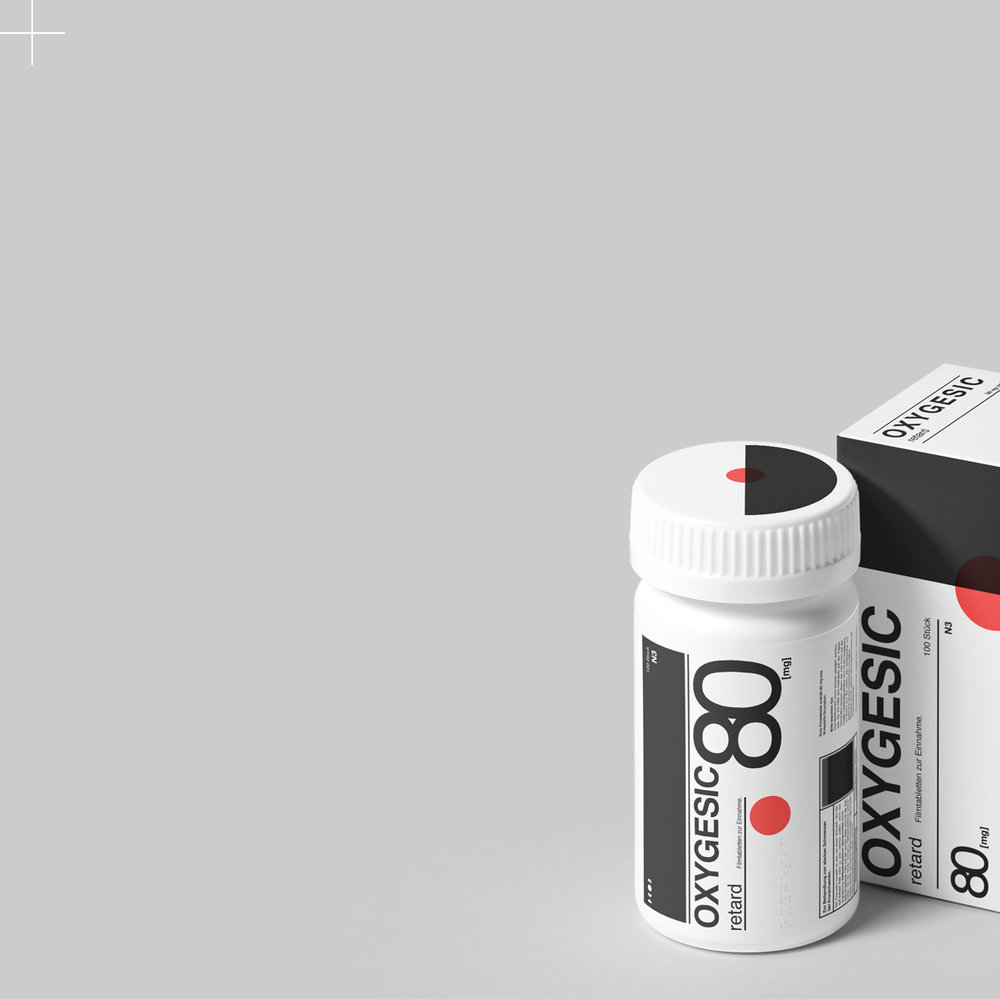
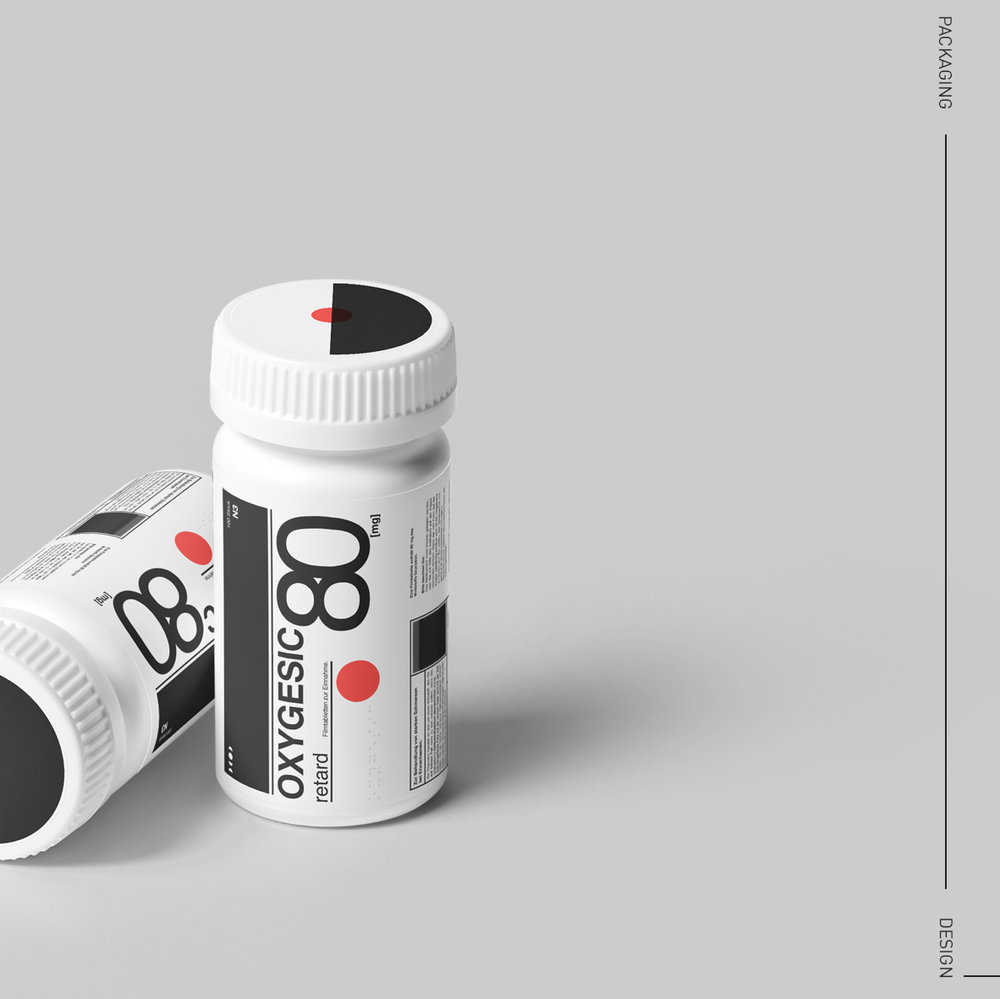
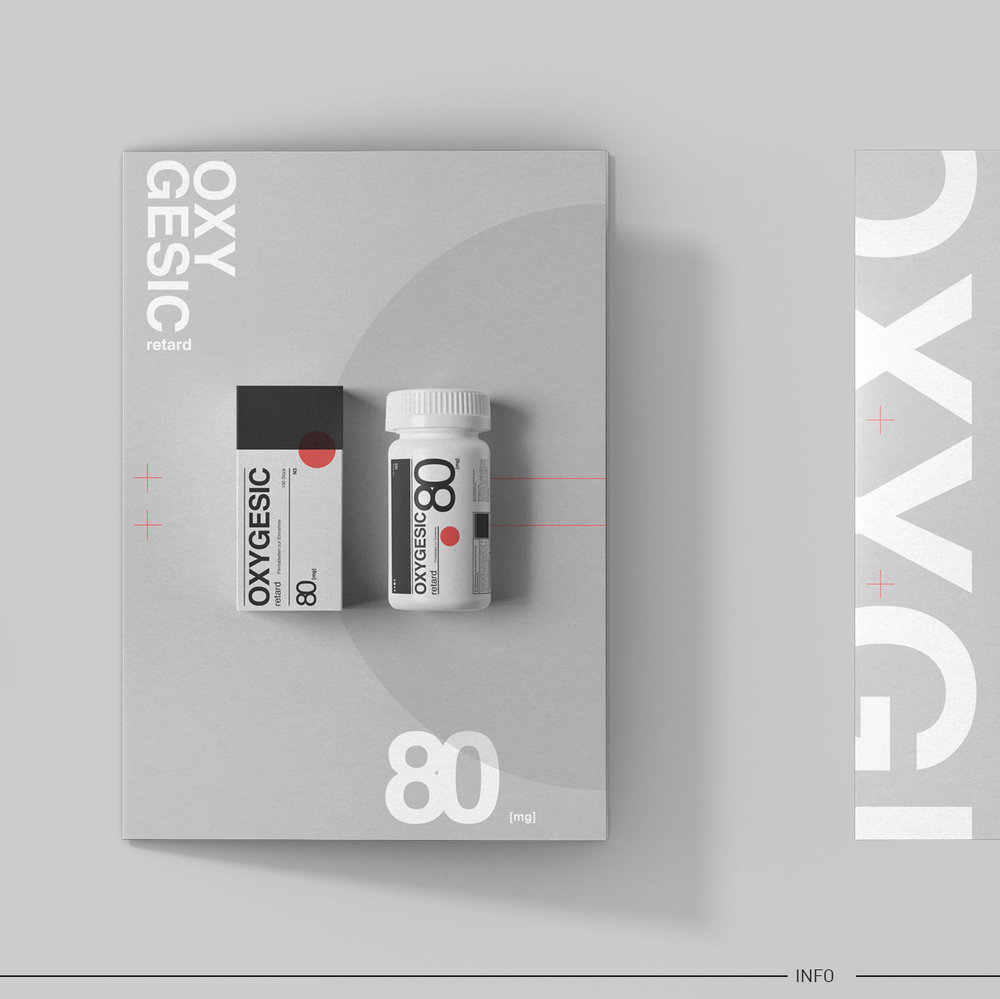
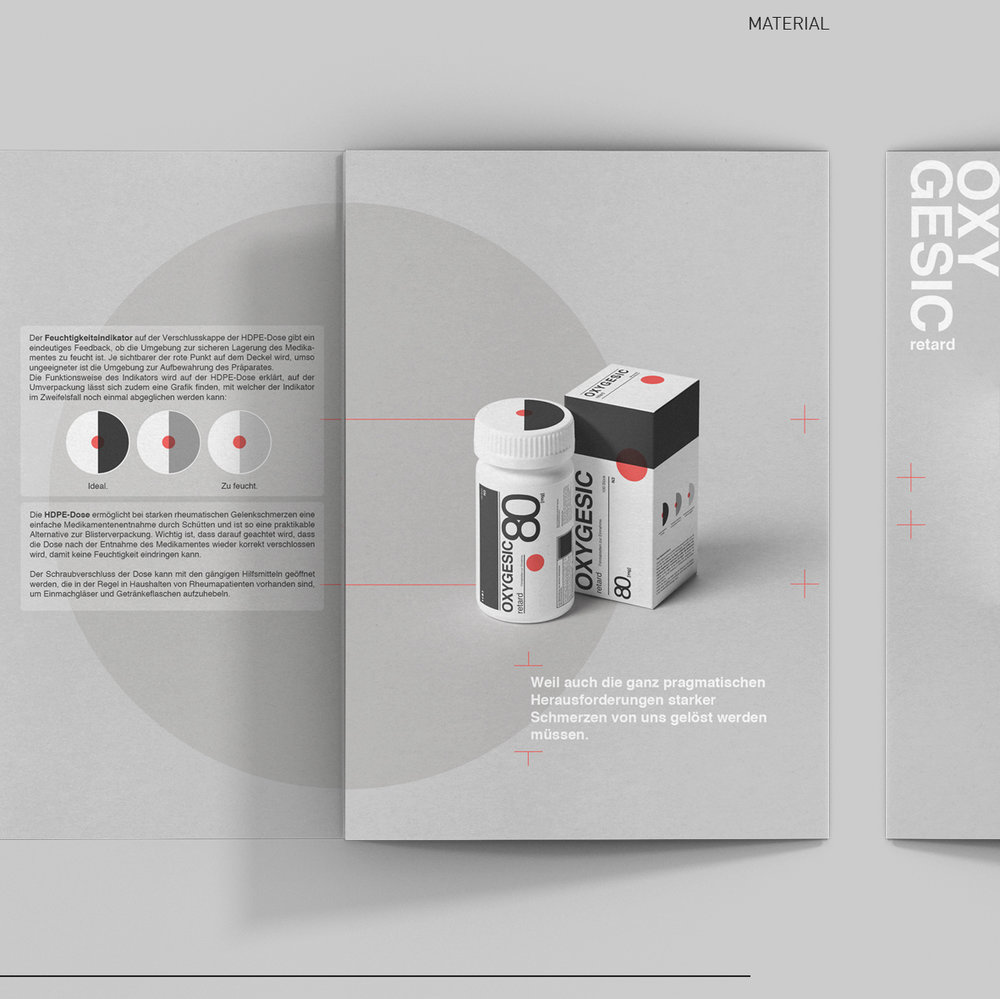
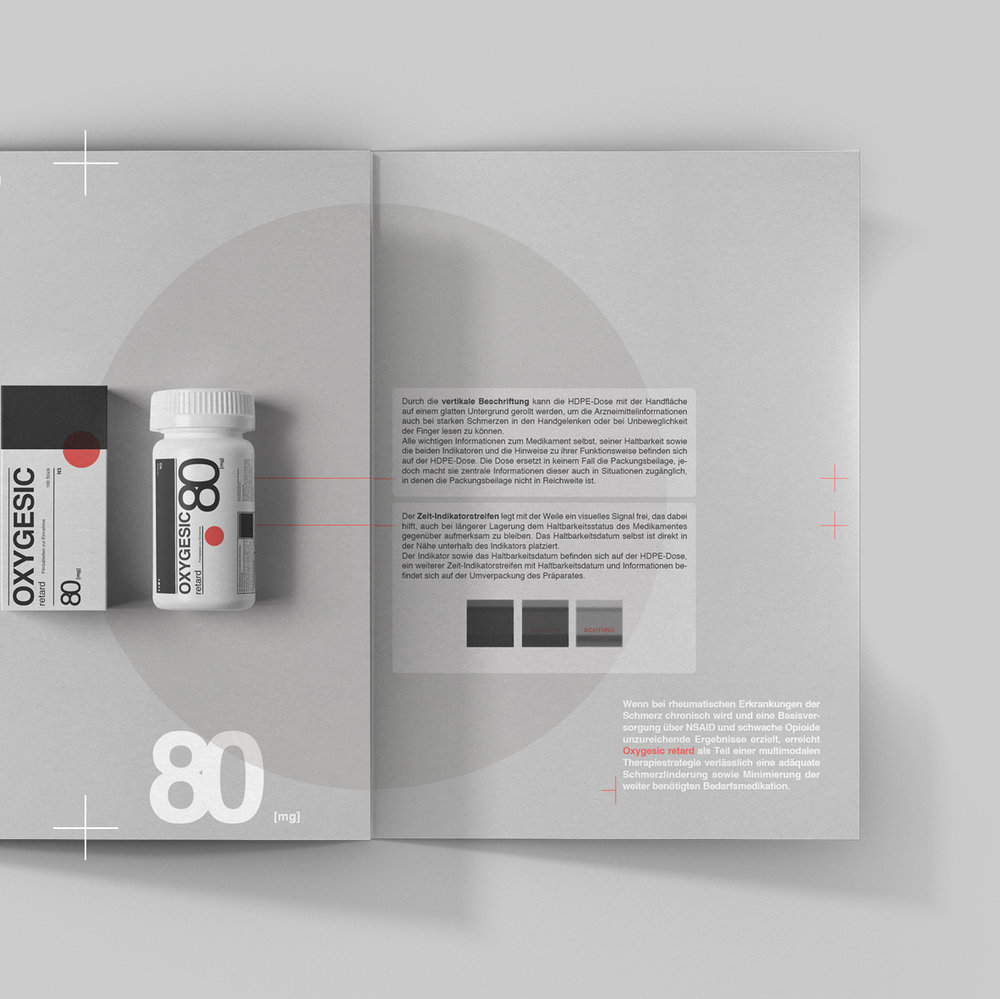
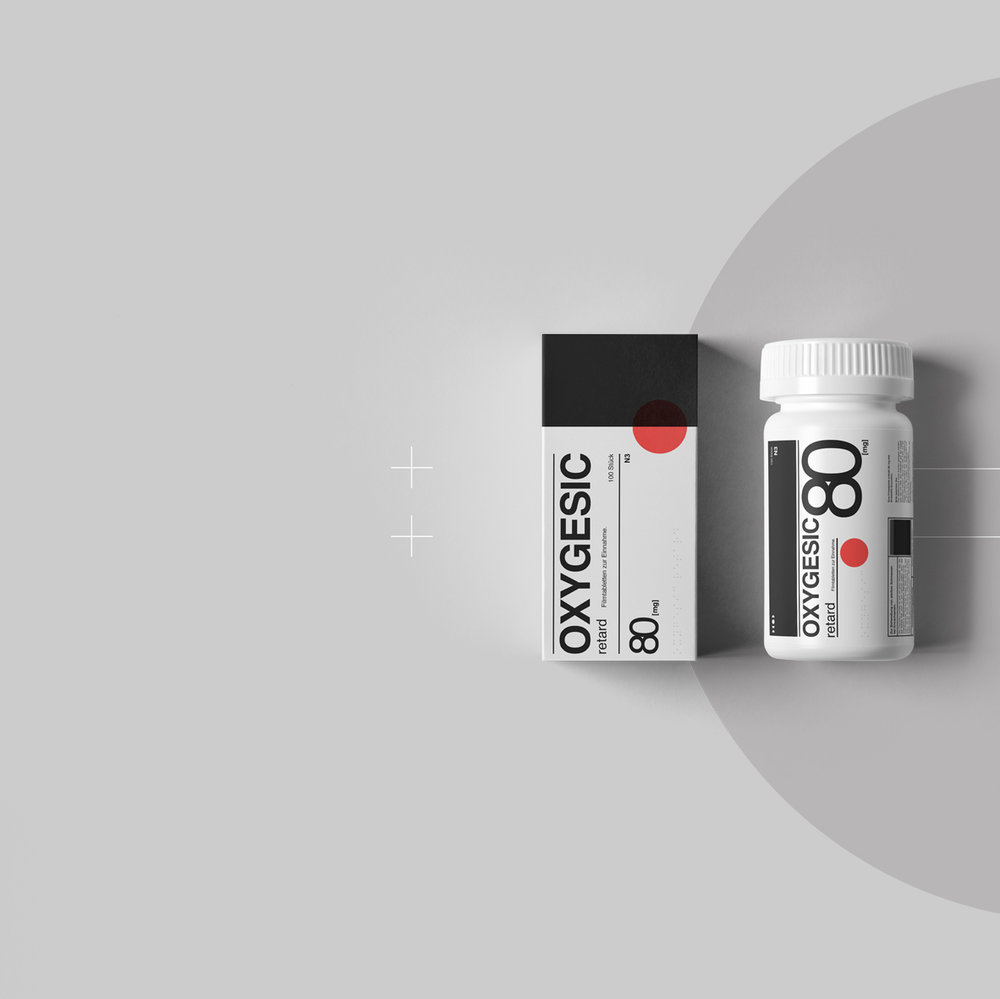
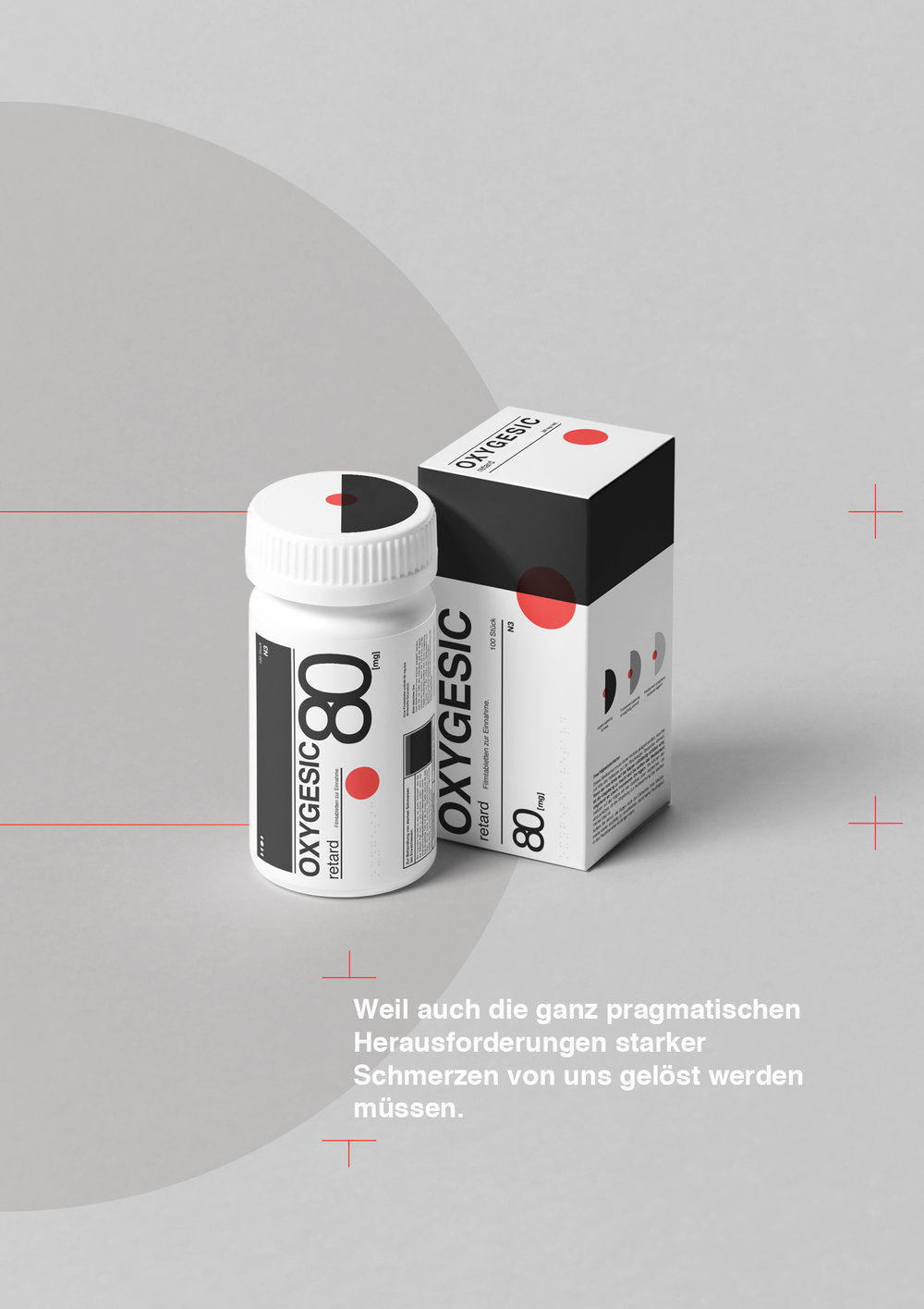
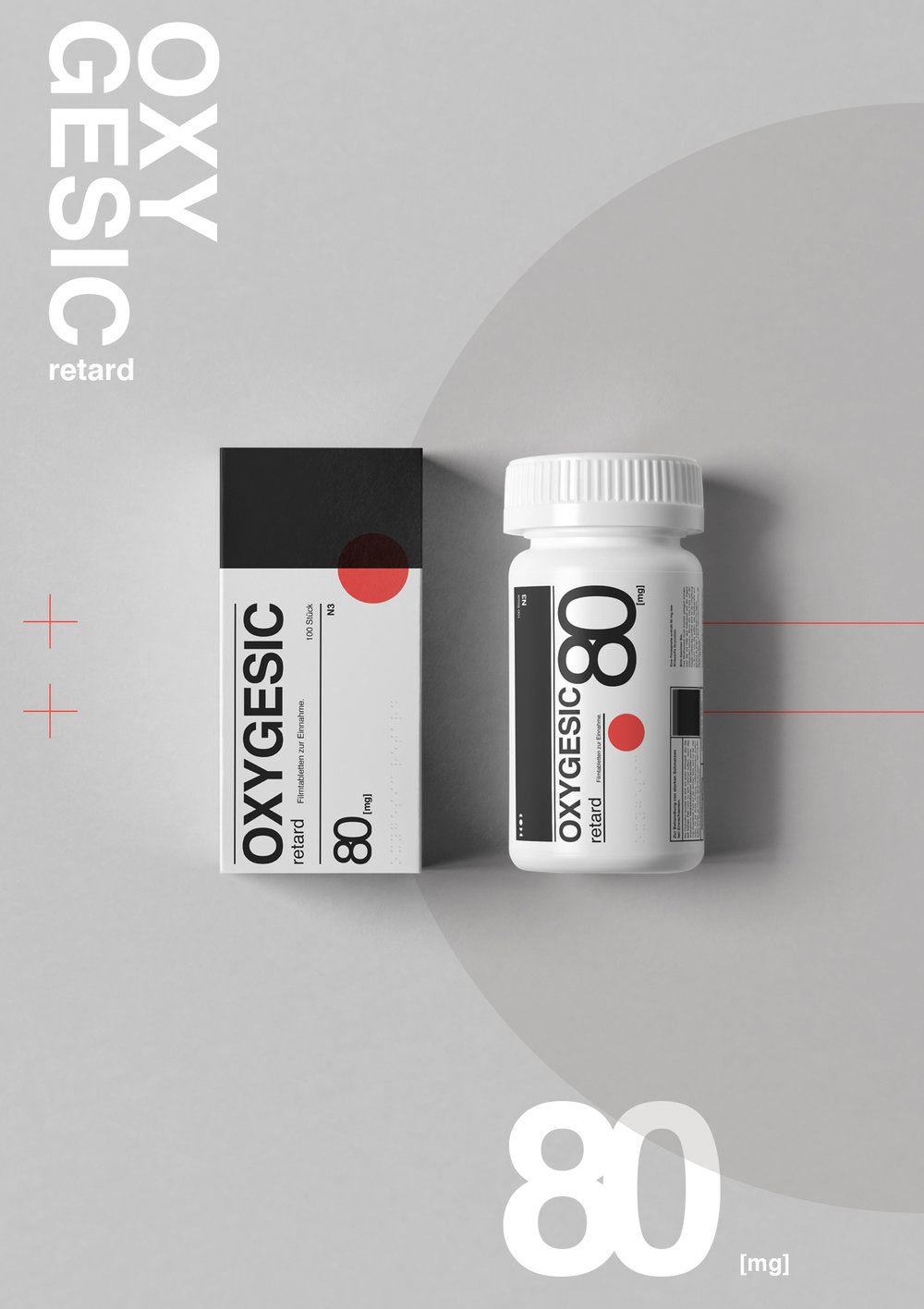

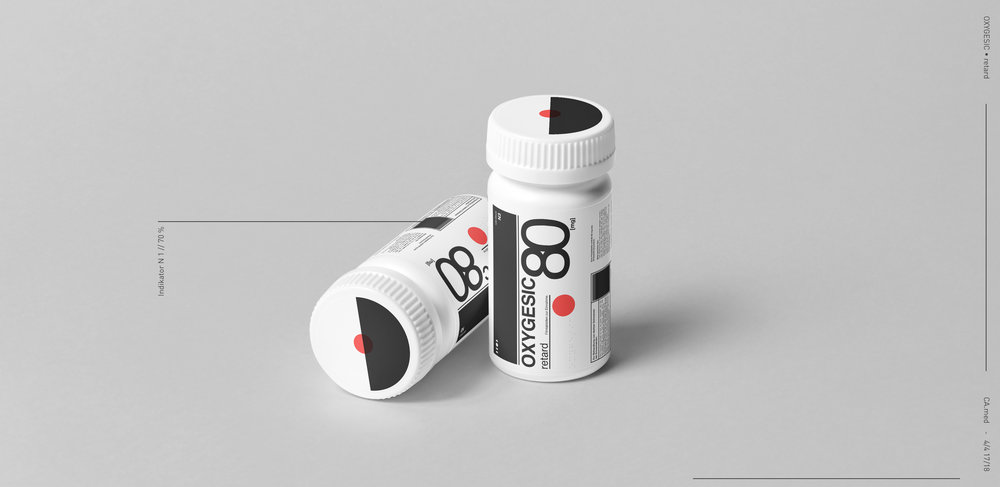
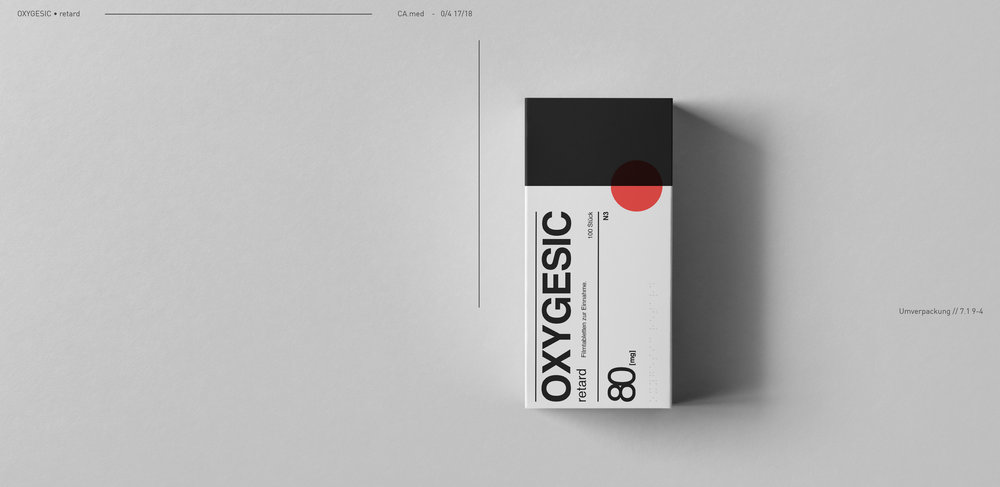
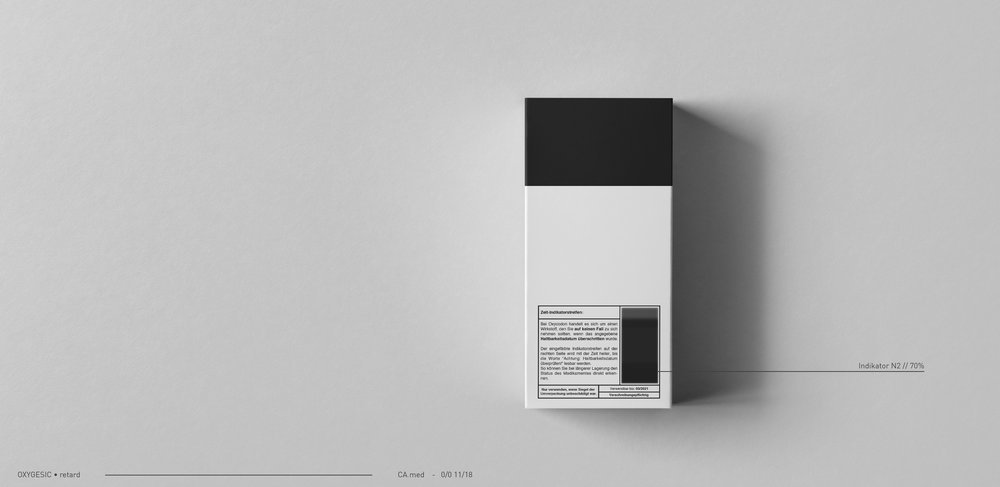
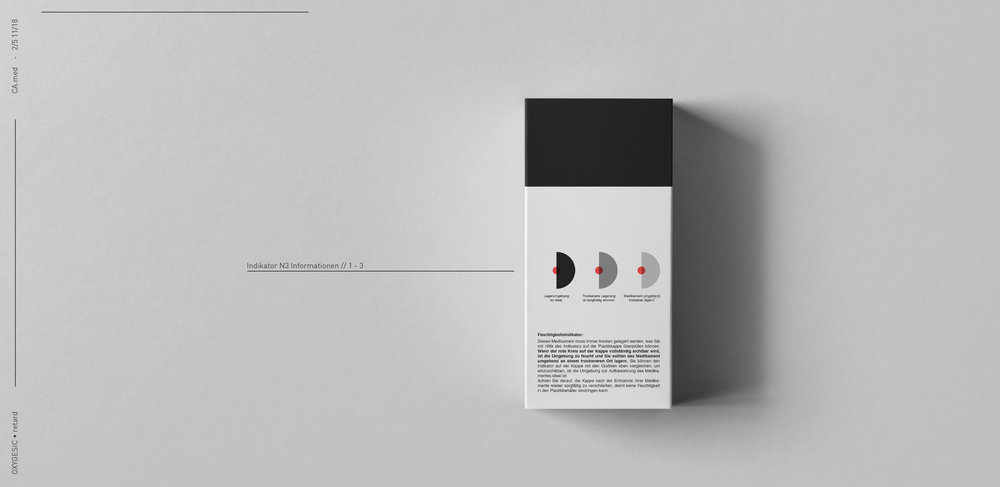
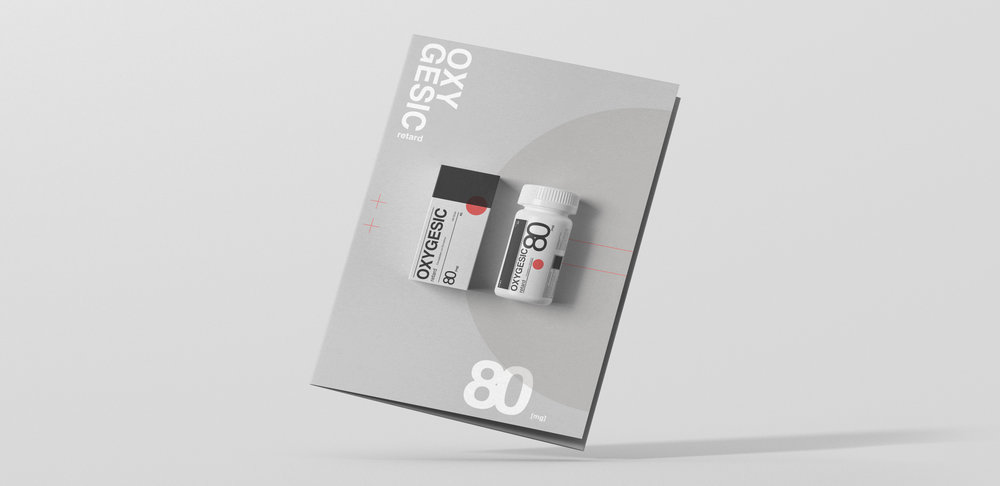
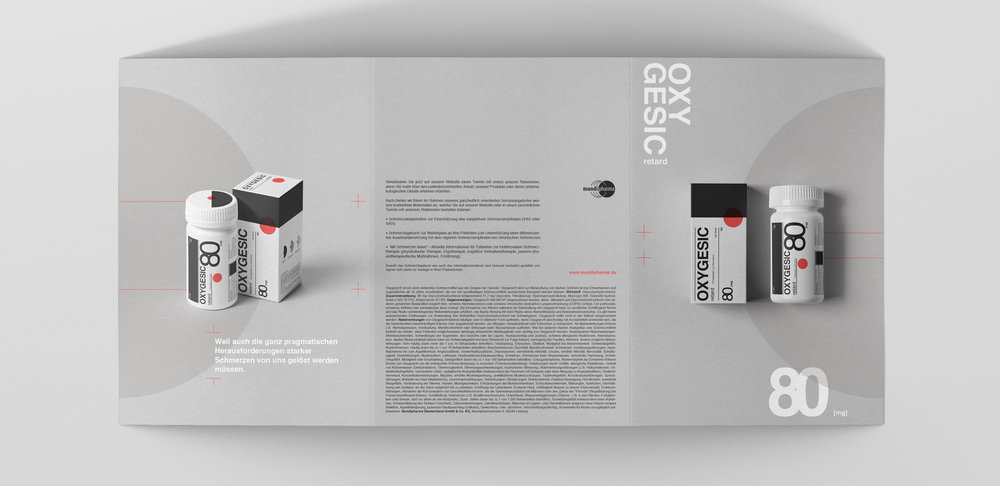
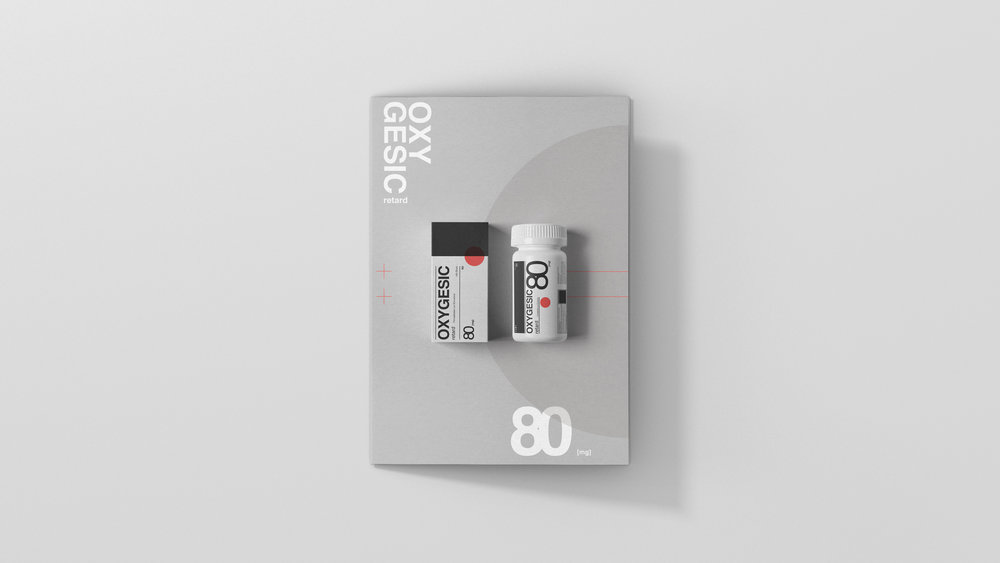
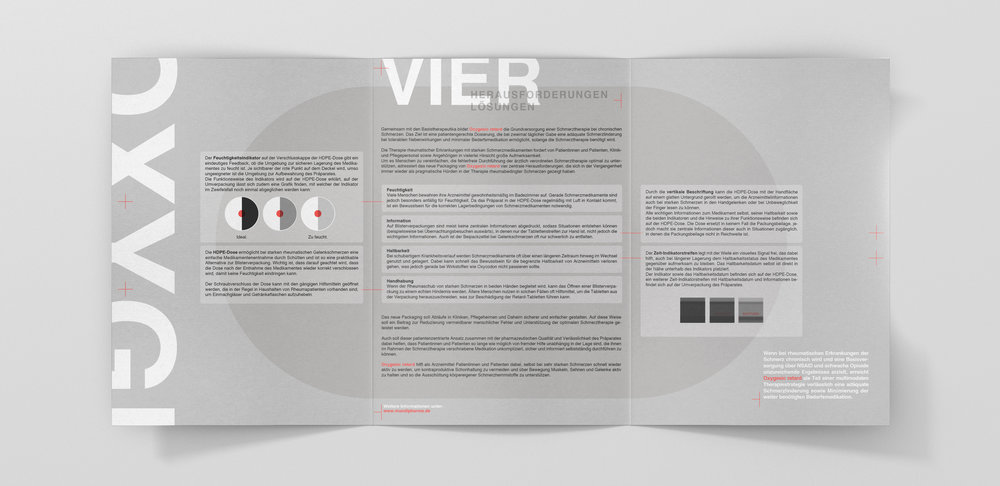
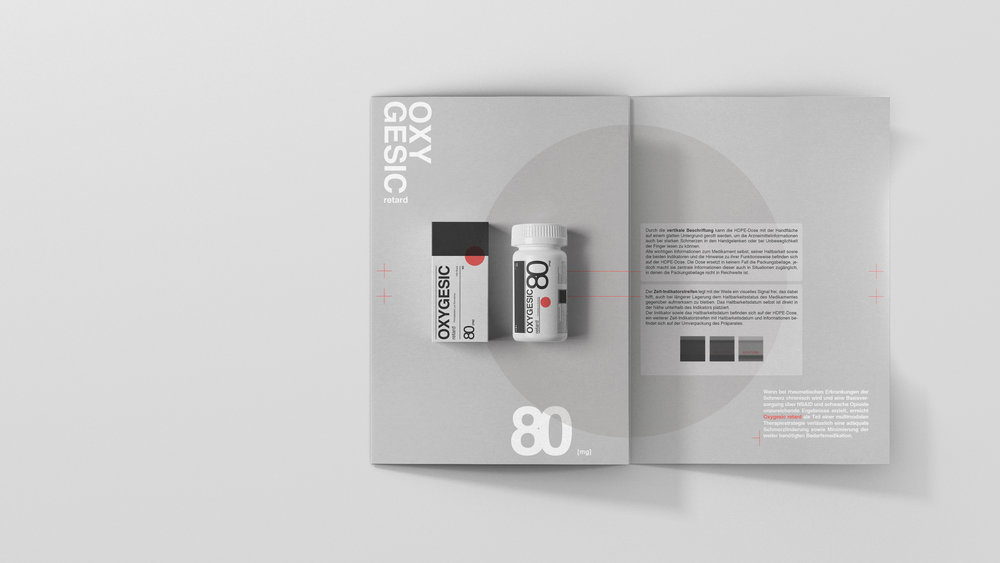
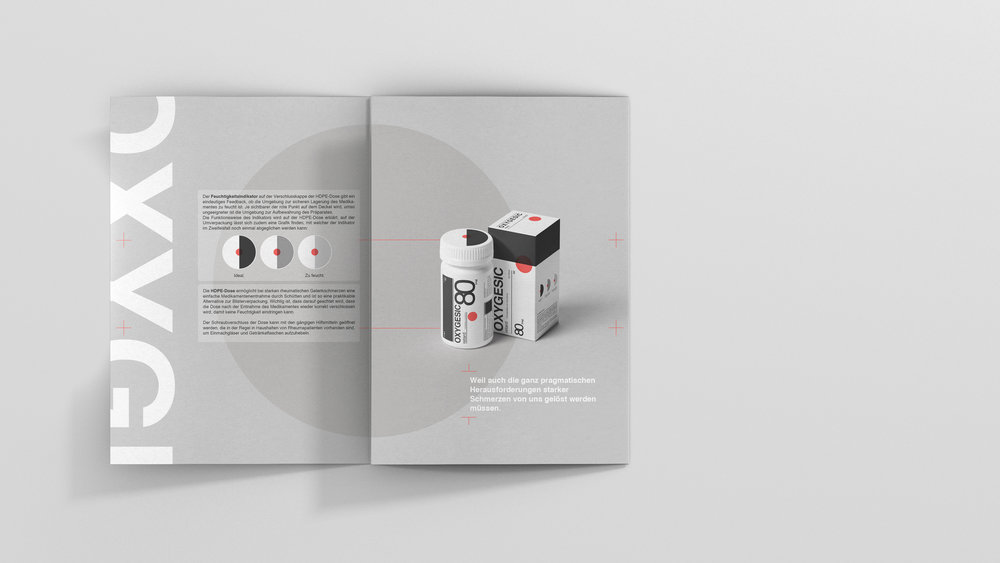
CREDIT
- Agency/Creative: Patrick Reichert-Young'
- Article Title: New Packaging Patient-Centered Design Approach for Pharmaceutical Brand and Independent End Users
- Project Type: Packaging
- Agency/Creative Country: Germany
- Market Region: Global
- Format: Box, Jar
- Substrate: Pulp Carton, Pulp Paper


